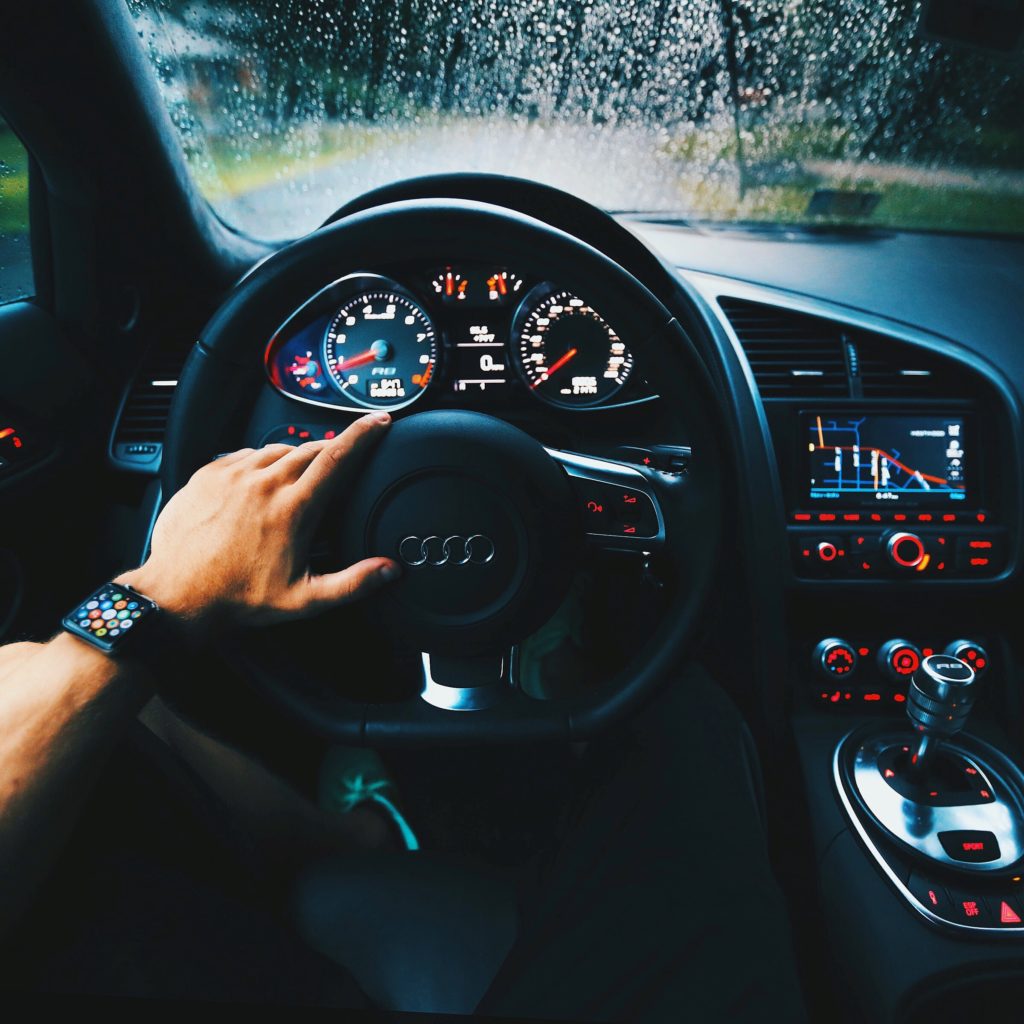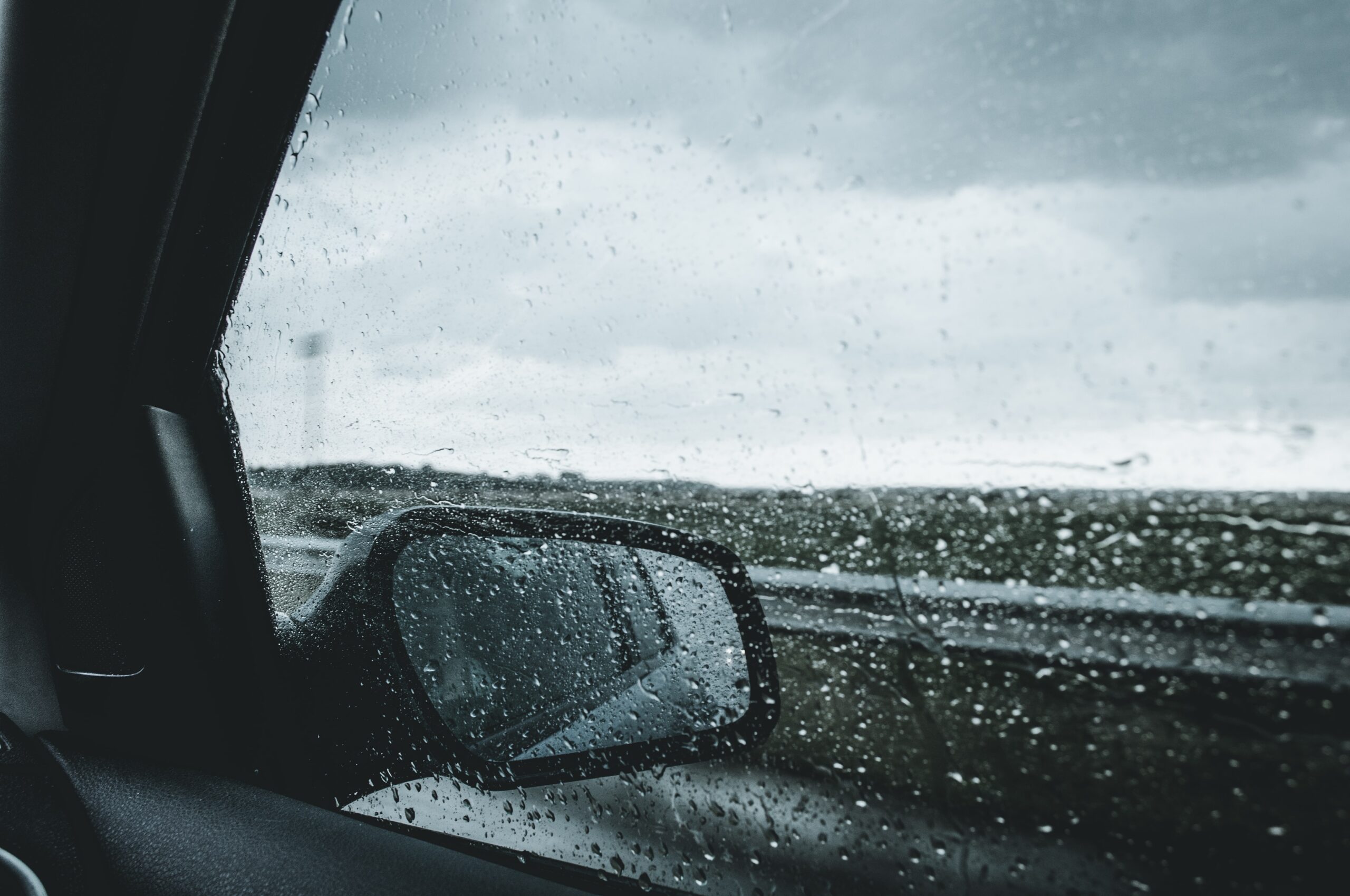There are many things that you need to know before driving your first car. This article will show how to get started with the basics of driving, and learn how to drive a car properly.
The Basics
Buckle Up! Before getting behind the wheel for the very first time, there’s one thing everyone in the vehicle needs to do – buckle up! Buckles have been around since ancient times when horses were used as transportation; however, they didn’t become popular until cars became more common. Nowadays, most drivers use seat belts, but even if you don’t use them, buckles can still help make sure your passengers stay safely secured throughout the ride. In fact, you should always wear a belt whenever possible whether you’re traveling by bus, train, boat, airplane, or automobile. This is one of the core rules of learning how to drive a car, BUCKLE!

Make Sure Your Car Is Safe To Drive
Check The Owner’s Manual First! Once you’ve found a nice parking spot (or stopped at a red light), the next step is to check to see what all those buttons on the steering column actually mean. Most driver’s manuals include diagrams showing where each button goes, so look over these carefully. They definitely won’t teach you how to drive a car, but they might help with your car specifically! If not, take the time to figure out which ones control the radio, heater/cooler, lights, windshield wipers, etc., while others may be necessary for moving forward. It might seem silly, but this type of simple task can save lots of confusion later on!
Know Where You Are Going – How to drive a car properly
Map Reading Skills Can Help! When you’re setting off from home, try looking online or asking someone nearby about street names and landmarks along the way. Also, keep maps handy in case you find yourself lost. A map-reading class is essential training for anyone who plans to drive outside their neighborhood often!
Learn How To Parallel Park And Back Into Parking Spaces – These skills won’t come naturally right away, but practice makes perfect. Just remember that backing into spaces requires patience and caution, especially if other people share that space with you. Remember to stop well short of the parked car in front of you, set your turn signal on once you back into the parking spot, and move slowly without making noise.
Wear Comfortably Fit Clothes That Allow For Driving Without Slipping Off!
Wear clothing that fits comfortably yet allows enough freedom of movement. Avoid tight clothes and shoes that pinch the feet. Slip on high heels if wearing flats. Don’t worry about being flashy either; just follow basic rules like keeping jewelry understated and avoiding excessive makeup.
Get Familiar With Traffic Laws! – How to drive a car legally
Everyone knows that speeding tickets cost money, but did you know that careless behaviors such as tailgating, failing to yield, running stop signs, turning illegally, changing lanes without signaling, etc., could result in fines? This is why it’s so important to know how to drive a car well. Knowing the local traffic ordinances and regulations can help protect against costly mistakes. Keep a copy of your state’s motor vehicle code and review it thoroughly, paying special attention to sections related to safety.
Stay Aware Of What’s Around You At All Times – Keep An Eye On The Road!
Looking ahead is extremely important, so watch both sides of the road to anticipate dangerous situations and slow down accordingly. This means watching out for pedestrians, cyclists, animals, children, vehicles approaching unexpectedly from behind, objects falling onto the roadway, large crowds, construction zones, turns, curves, hills, police officers, emergency personnel, and much more. Pay close attention to the area surrounding you, then react quickly to hazards rather than waiting passively for something bad to happen.
Practice Good Safety Habits Like Using Seat Belts!
Properly fasten your seatbelt before starting your engine and while riding in the driver’s seat. Make sure your seatbelts fit snugly across your torso and lap. If there aren’t any, ask a salesperson at the dealership to recommend a good brand and model for you. Then, make sure your child(ren) properly use their seatbelts. Children must sit in rear seats, never in passenger seats, and use seatbelts correctly. Always supervise young kids using seatbelts. Never put small or toy items inside the glove box or between the seats. They pose risks to you and other occupants’ health, including fire and electrical shocks.
Traffic Rules
Here are some helpful tips for driving legally, safely, and responsibly.
Ride Inside Cars Only – Outside rides are allowed, but only when weather conditions permit. Riding outdoors puts you at higher risk for injury and death due to unexpected events. Plus, outdoor riding is illegal in certain areas such as parks, school grounds, highways, and residential neighborhoods.
Keep Quiet
Use Turn Signals, Horns, Flashing Lights, Headlights, Etc. As Well As Cell Phones. Drivers should always give adequate warning prior to taking actions that would require braking. Vehicles already slowing down should not slam on brakes suddenly. Loud music blaring through speakers shouldn’t distract motorists from operating their vehicles, and is a bad way to learn how to drive a car.
Drive Responsibly – Follow Speed Limits, Lane Guidance Signs, Other Motorists, Police Officers, School Buses and Crosswalks, Pedestrians, Etc. Watch For Blind Spots And Obstructions, Including Those Mounted Along Sidewalks. Obey Traffic Control Devices. Give Way At Intersections And Exits. Adhere To Personal Responsibility Requirements Such As Keeping Hazardous Liquids Away From Openings.
Avoid Distractions While Driving! – How to drive a car safely
Texting, Eating, Talking To Passengers, Attaching Sunglasses, Wearing Expensive Jewelry, Putting Necklaces On, Undoing Bra Straps, Unbuckling Seat Belts, Fastening Cargo Nets, Checking Appearance, Getting Lost, Playing Music Too Loud, Etc.
Never Put Anything Near Gasoline Tanks, Drain Cracks, Hot Items, Etc. Remove Them Immediately.
Pay Attention To Surrounding Sounds, Making Note Of Any Emergencies, Alarms, Sirens, Fire Engines, Ambulances, Etc.
Use Extra Caution During Rainy Weather Conditions.
Always Carry Driver’s Licenses, Insurance Information, Proof Of Registration, Maps, Cash, Credit Cards, Medical Identification, Etc.
Take Care Of Minor Repairs Instead Of Leaving Them Untended, Cleaning Dirty Windshield Washer Jets, Changing Flat Tire Punches, Replacing Spark Plugs, Rotting Tie Rod Ends, Leaking Coolant Gaskets, Broken Windows, Buying New Hoods, Door Panels, Etc.
If Something Goes Wrong, Report It Immediately, Let Owners Know About Problems, Fix It Quickly, Provide Corrective Action, Etc.
Driving Tips – How to drive a car
Now let’s take a closer look at specific aspects of driving. Here are some useful hints and advice for driving success.
Slow Down When Approaching Red Light Stops
Try to Come to a full stop approximately 1 second prior to entering the red light zone. However, if doing so causes you to stall, simply continue past the intersection. It is better to wait patiently for several seconds than speedily pass through an intersection without stopping.
Yield At Yellow Lights And Stop Signs
Some states, counties, cities, townships, boroughs, and municipalities allow drivers to proceed through yellow lights and stop signs provided the following criteria are met: (1) the green arrow is present indicating clearance, (2) no pedestrian has stepped into the path within 3 seconds before the arrival of the leading vehicle, and (3) no vehicular hazard exists requiring immediate action. Please note that pedestrians crossing streets near intersections controlled by signals are subject to the same requirements.

Leave a Reply